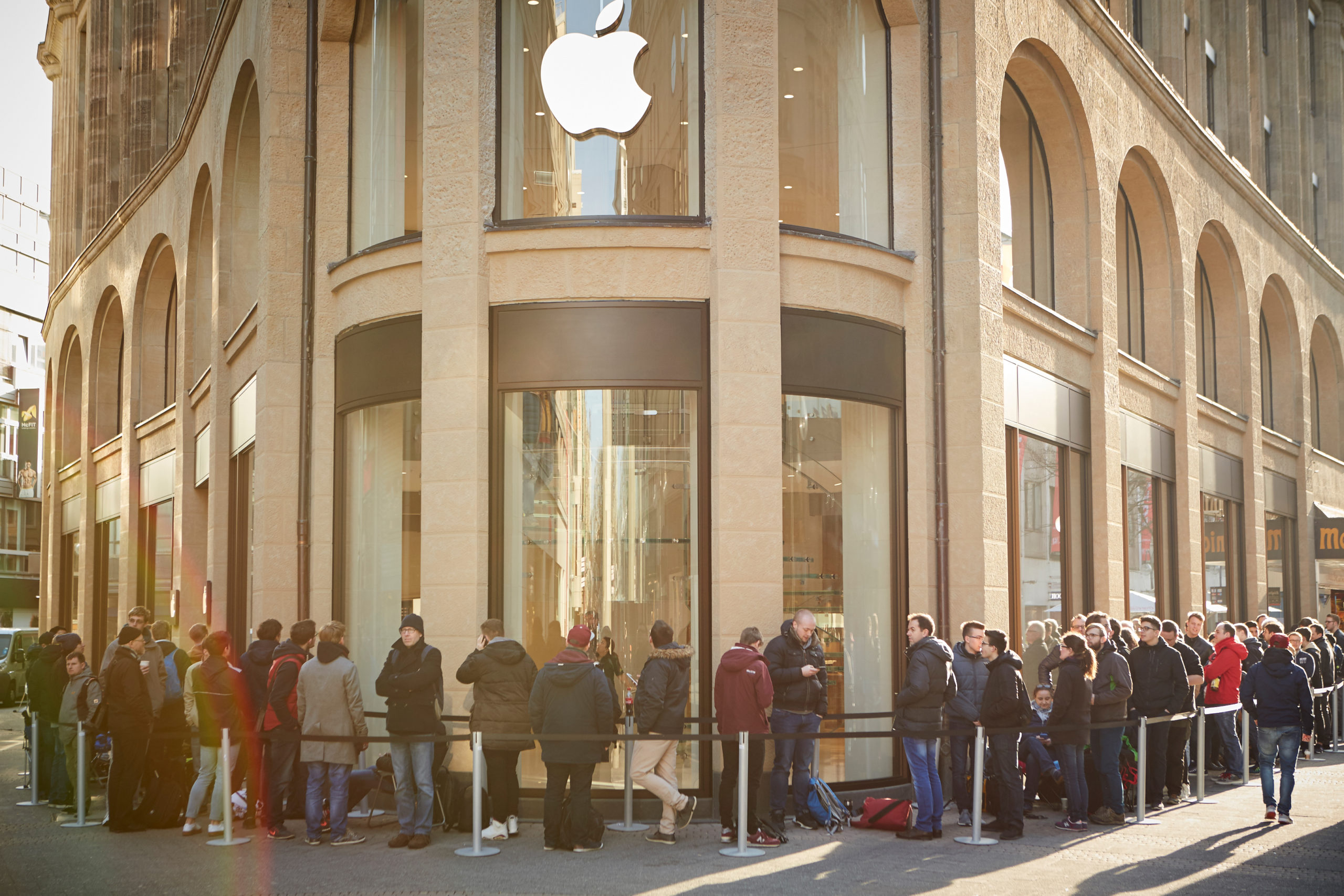Over the years, Apple has been at the forefront of technological innovation, and one of its most iconic products is the iPhone. While the device itself has undergone significant changes, so too has the technology used to charge it. In this article, we will explore the evolution of the iPhone charging cable, focusing on the transition from the 30-pin connector to the Lightning connector. This journey not only reflects technological advancements but also highlights Apple’s design philosophy, market strategies, and user needs.
The 30-Pin Connector: A Legacy of Compatibility

Introduced with the original iPod in 2003, the 30-pin connector became synonymous with Apple’s mobile devices for nearly a decade. This connector was versatile and served multiple functions:
- Charging: The 30-pin connector provided power to devices, allowing users to recharge their iPods, iPhones, and iPads.
- Data Transfer: It facilitated data transfer between devices and computers, enabling users to sync music, photos, and other files.
- Accessory Compatibility: A wide range of accessories, including docks, speakers, and car adapters, were designed to work with the 30-pin connector.
By 2012, however, the limitations of the 30-pin connector became apparent. Its size was cumbersome, and the design did not allow for convenient use in modern devices that were becoming increasingly slim and sleek. Additionally, as technology advanced, the need for faster data transfer and more efficient charging became paramount.
The Transition to Lightning: A Paradigm Shift

In September 2012, Apple introduced the Lightning connector alongside the iPhone 5. This marked a significant shift in the company’s approach to connectivity. Several factors contributed to the decision to move away from the 30-pin connector:
1. Size Matters: A Compact Design
The Lightning connector is significantly smaller than its predecessor, allowing for more streamlined device designs. This compactness has been crucial in enabling the development of thinner iPhones and iPads. The smaller size also allows for greater flexibility in accessory design.
2. Reversible Design: User-Friendly Experience
One of the standout features of the Lightning connector is its reversible design. Unlike the 30-pin connector, users no longer need to worry about the orientation of the cable. This small yet impactful design choice enhances user experience, making it easier to connect devices in low-light conditions or when in a hurry.
3. Enhanced Data Transfer Speeds

The Lightning connector supports faster data transfer rates compared to the 30-pin connector. This improvement is essential for users who frequently sync large amounts of data, such as high-resolution photos and videos. With the Lightning connector, Apple was able to future-proof its devices and improve overall performance.
Impact on Accessory Ecosystem
The introduction of the Lightning connector had a profound impact on the accessory ecosystem surrounding Apple products. While the transition created initial challenges for accessory manufacturers, it also paved the way for innovation:
- New Accessory Standards: Manufacturers had to adapt their products to support the Lightning connector, leading to the creation of a new wave of accessories.
- Licensing Programs: Apple introduced the MFi (Made for iPhone/iPad) licensing program, allowing third-party manufacturers to create compatible accessories. This program ensured that accessories met Apple’s quality standards and provided a level of assurance to consumers.
- Expansion of Functionality: The Lightning connector enabled the development of accessories with advanced functionality, such as digital audio output and enhanced charging capabilities.
Statistics and Market Impact
![]()
Since the introduction of the Lightning connector, Apple has seen significant market growth and user adoption:
- Sales Growth: In 2012, Apple’s revenue was approximately $156.5 billion. By 2020, it had surged to $274.5 billion, largely driven by iPhone sales.
- Accessory Market Expansion: The MFi program has led to over 20,000 certified accessory products available in the market, showcasing the demand for Lightning-compatible devices.
- User Adoption: As of 2021, it was estimated that over 1 billion devices had been sold with the Lightning connector, creating a vast ecosystem of users and accessories.
Comparative Analysis: 30-Pin vs. Lightning

To better understand the evolution from the 30-pin to the Lightning connector, let’s compare key features:
| Feature | 30-Pin Connector | Lightning Connector |
|---|---|---|
| Size | Large and bulky | Compact and slim |
| Reversibility | No | Yes |
| Data Transfer Speed | Slower | Faster |
| Accessory Compatibility | Widespread but limited to older devices | Expanding rapidly with MFi program |
Future of iPhone Charging: Beyond Lightning

As technology continues to advance, the future of iPhone charging may move beyond the Lightning connector. Recent trends indicate a shift towards wireless charging and USB-C technology:
- Wireless Charging: Apple has already incorporated wireless charging capabilities into its devices, aligning with the growing trend of cable-free convenience.
- USB-C Adoption: With the increasing use of USB-C in various devices, there are speculations that Apple may transition to USB-C for future iPhone models, particularly in light of regulatory pressures in regions like Europe.
The evolution of the iPhone charging cable from the 30-pin connector to the Lightning connector illustrates Apple’s commitment to innovation, user experience, and market adaptation. The transition not only enhanced device design and functionality but also transformed the accessory ecosystem, leading to an expansion of compatible products that enrich the user experience. As we look to the future, whether it’s through wireless technology or new charging standards, Apple’s legacy of pushing the boundaries of design and technology is likely to continue, shaping the way we charge and connect our devices.

